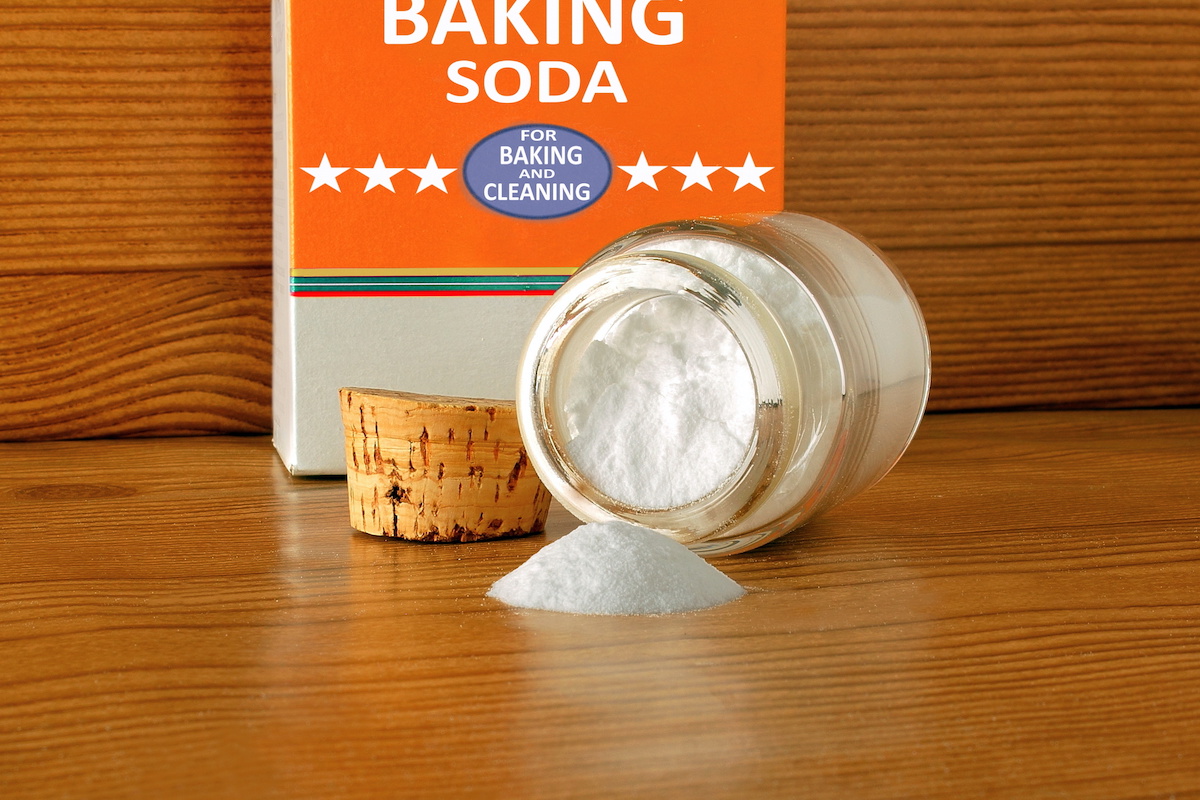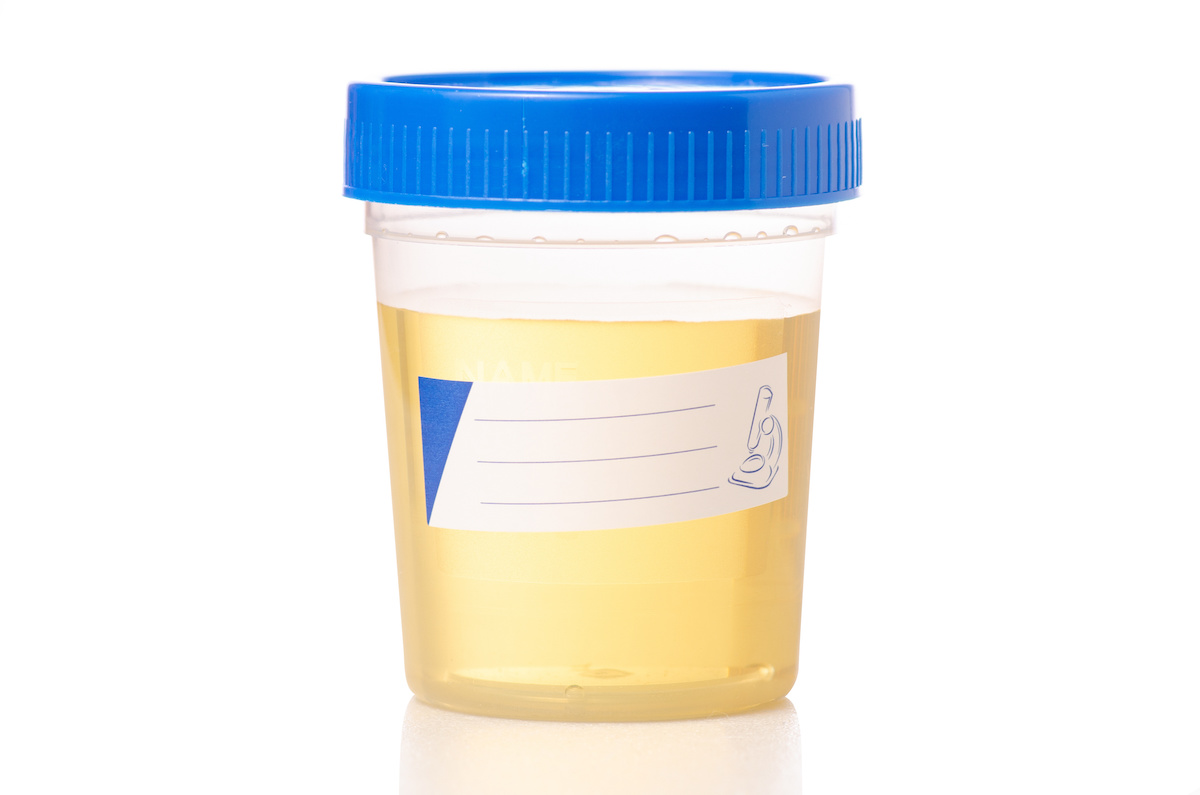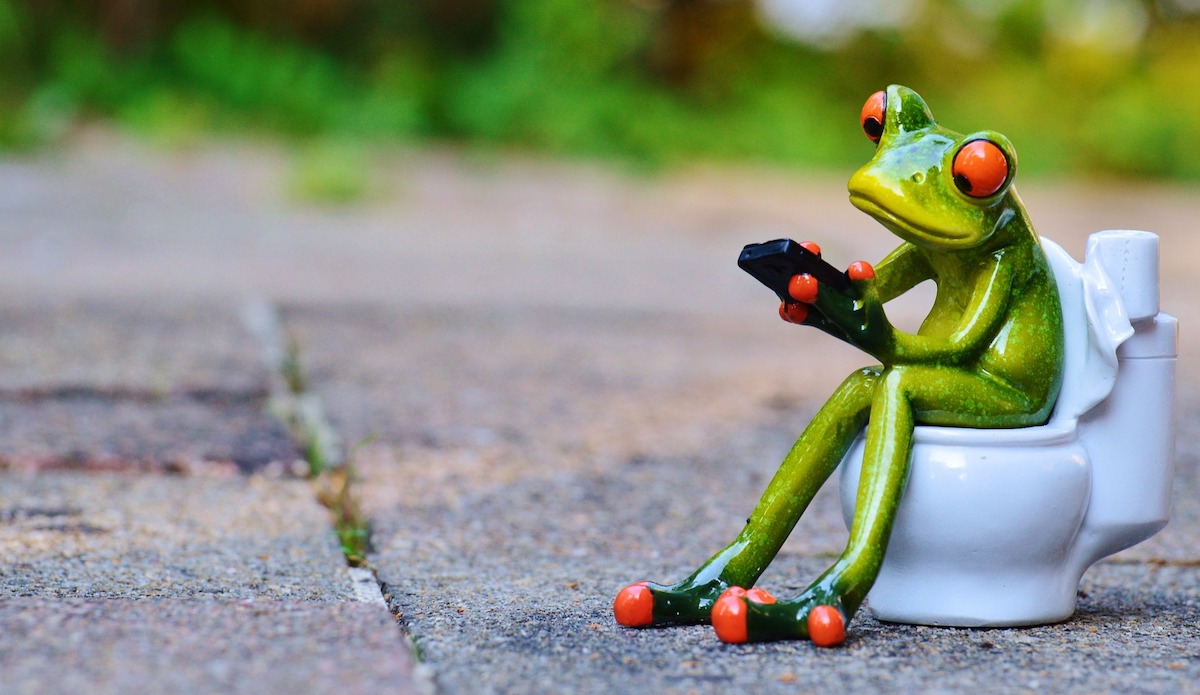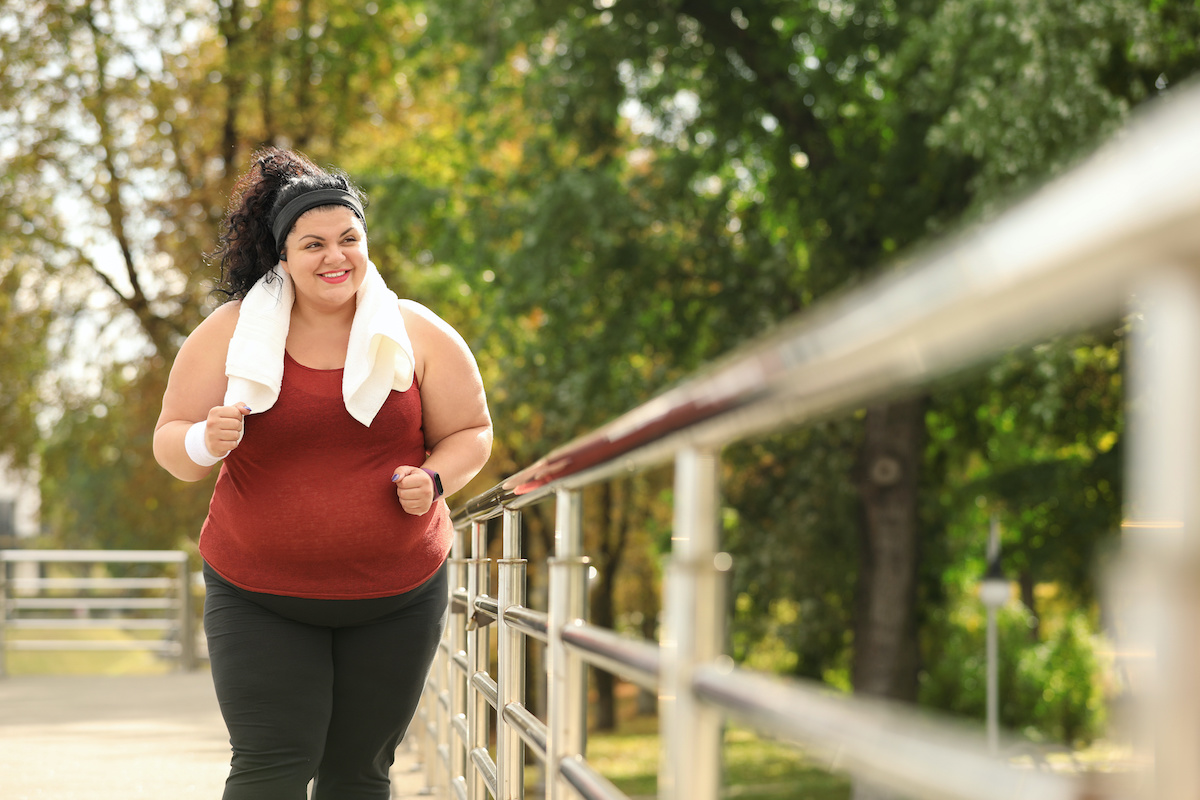Is there anything that coconut oil can’t do? Well, it may not rocket you to the moon, or give you the ability to travel through time…but the list is pretty short. It is becoming increasingly well known that raw organic, extra-virgin coconut oil is one of the healthiest foods you can add to your diet. There is no reason to fear the fact that it’s composed of mainly saturated fats—these are healthy fats that support the function of all of your body’s systems.
The benefits of coconut oil are so multifaceted that some of them continue to surprise us. In particular, coconut oil is just darn good for your skin. People in the Pacific Islands have been using it for thousands of years and can testify to this. Their skin is beautiful, wrinkle-free, and oh so healthy. Many will tell you it’s because they use coconut oil on their skin every day.
The good news is that you too can benefit from all of the therapeutic properties that coconut oil has to offer.
What exactly is coconut oil?
If you are new to this tropical treasure, it might help to have an overview of exactly what this potent oil is. Coconut oil is a highly saturated oil that is made by extracting oil found in raw coconuts or dried coconut kernels. The oil is solid at room temperature but when heated, softens, and melts.
Coconut oil is a fatty acid with about 65% of its total composition being made up of medium-chain fatty acids. Fatty acids found in coconut include about 49% lauric acid and:
- Myristic acid
- Caprylic acid
- Palmitic acid
- Capric acid
- Oleic acid
- Linoleic acid
- Stearic acid
One tablespoon of coconut oil contains 12 grams of saturated fat and 1 gram of unsaturated fat.
What coconut oil can do for your skin
Here are the top reasons why you should start using coconut oil on your skin today.
Coconut oil can reduce inflammation
Chronic inflammation is the root cause of a number of skin conditions, including eczema, psoriasis, and contact dermatitis. Research reveals that coconut oil has powerful anti-inflammatory and analgesic properties.
One of the ways that coconut oil can reduce inflammation is by improving the antioxidant status in the body. Antioxidants are essential for their role in fighting free radicals that cause oxidative damage and inflammation. By enhancing the antioxidant status in the body, coconut oil helps to cut off the source that feeds inflammation.
In one study, rats were fed coconut oil, olive oil, and sunflower oil. After the 45-day study, the virgin coconut oil had dramatically improved the antioxidant status and prevented oxidative stress when compared to the other oils.
Coconut oil has bacteria-fighting properties
When it comes to bacteria, coconut oil does not mess around. A study conducted at the Skin and Cancer Foundation in the Philippines compared virgin coconut oil to virgin olive oil in moisturizing dryness and removing bacteria from colonized atopic dermatitis skin. The study, a double-blind controlled trial, found that coconut oil was more effective than olive oil in killing bacteria, mostly because of its lauric acid content.
A study conducted at the Division of Dermatology, Department of Medicine, University of California, San Diego, looked at the antimicrobial properties of lauric acid and its potential to heal acne. The results were favorable for using lauric acid in place of antibiotics for the treatment of acne.
Coconut oil can hydrate your skin
You may have heard that coconut oil is the perfect light moisturizer, but did you know that it can be used throughout the seasons? In the summer, it’s great because it’s light and non-greasy, and blocks about 20 percent of the sun’s harmful rays.
In winter, applying a layer to your face and lips before you go outside can protect you from nasty windburn and soothe those dry spots when you get home.
Soothe minor wounds and irritations
Coconut oil has antiseptic, antibacterial, antiviral, and antifungal properties. Applying a thin layer to canker sores, insect bites, and other small wounds and skin irritations may help to heal them up faster, naturally.
Animal studies show that when coconut oil is combined with antibiotic medicine, it is effective at healing burns. Besides, the powerful antimicrobial properties of coconut oil may help reduce the risk of infection, which can often compromise the healing process.
Coconut oil can reduce wrinkles
Not only is coconut oil a fantastic moisturizer, but it can also help keep free radicals at bay—you know, those nasty things that promote wrinkles. Coconut oil could be the perfect anti-aging serum you have been searching for. The anti-inflammatory properties help reduce puffiness, while the antioxidants help you maintain that youthful glow you have always wanted. For best results, rub a little bit of coconut oil into the skin day and night.
Here are just a few other amazing things that this tropical delight can do
Boost your healthy weight loss efforts
A saturated fat… to help you lose fat? Yup! While you may have heard of this particular benefit of coconut oil before, it’s worth mentioning again. When added to a healthy lifestyle that includes real, nutritious foods and regular exercise, coconut oil can actually help you to lose weight… even those dangerous pounds around your belly.
How does this work? Well, as mentioned earlier, coconut oil is largely composed of medium-chain fatty acids (MCFAs). These types of fatty acids are not stored as fat in the body. Rather, they are easily broken down by the liver for energy. This not only gives you the energy you need to have a great workout, but it also keeps you feeling fuller for longer—and away from those unhealthy snacks.
What about belly fat? As you may know, belly fat is especially dangerous because it coats vital organs, and has been linked to inflammation, heart disease, and type 2 diabetes. A 2009 study found that women over 40 who ate two tablespoons of coconut oil each day for a month showed decreases in belly fat—compared to women who consumed two tablespoons of soybean oil and gained belly fat.
Completely transform your meals
When you replace all of the cooking oils in your kitchen with coconut oil, you will not only enhance your nutritional quotient, but you will also make your meals taste delicious. Baked goods, such as your favorite gluten-free bread, desserts made with honey instead of sugar, and casseroles, will shine with the addition of coconut oil.
This oil has a high smoke point and is also great for sautéing, making organic popcorn, and broiling. The light, tropical flavor will make you appreciate your favorite dishes in a whole new way.
Unlock the powers of virtually any essential oil
Many essential oils are too potent to be applied to the skin on their own. Enter coconut oil! Diluting your favorite essential oils in a base of coconut oil is a great way to make them gentle enough for your skin—for application to pressure points, joints, muscles, or for a general massage.
Just make sure to ask a natural health professional you trust before using a new essential oil for the first time—for tips on how much to dilute, and safe ways to apply.
Did you know coconut oil could do all this stuff? Pretty amazing, right? One thing—always get the real stuff: raw, organic, extra-virgin coconut oil from a source you trust.
Anything less than quality is just selling yourself short.


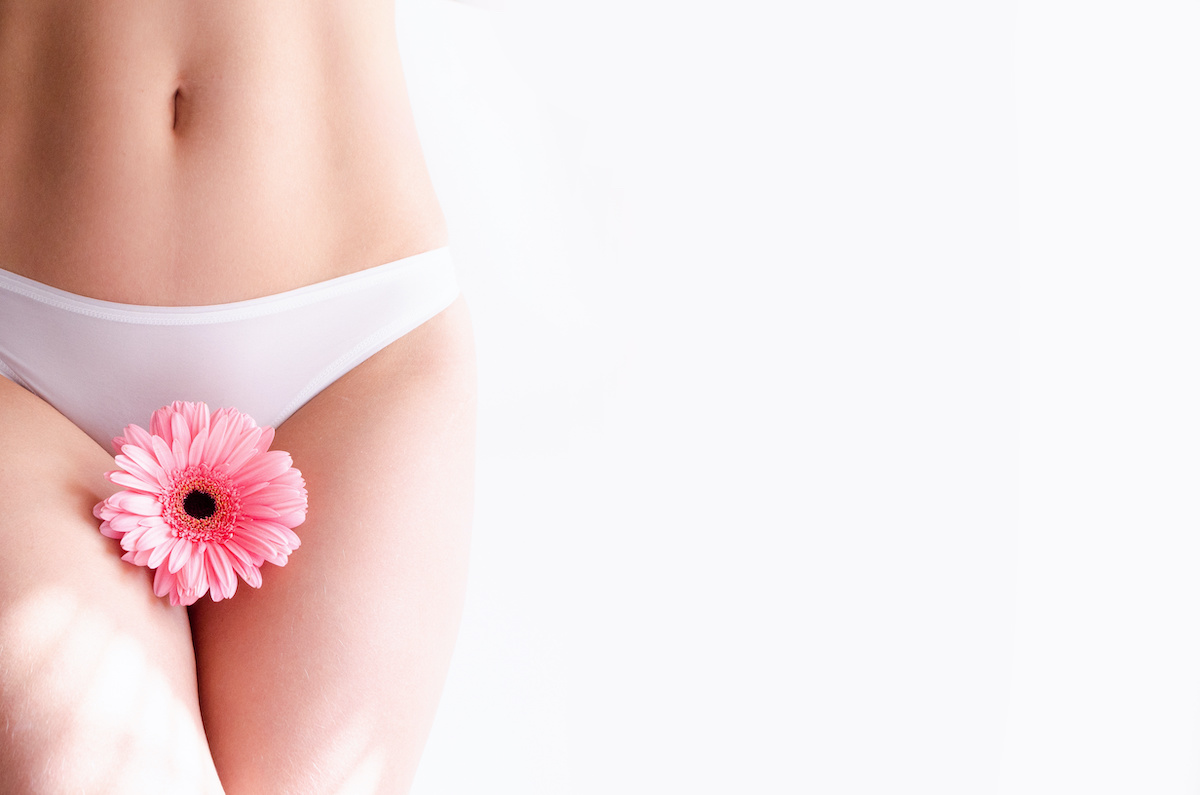
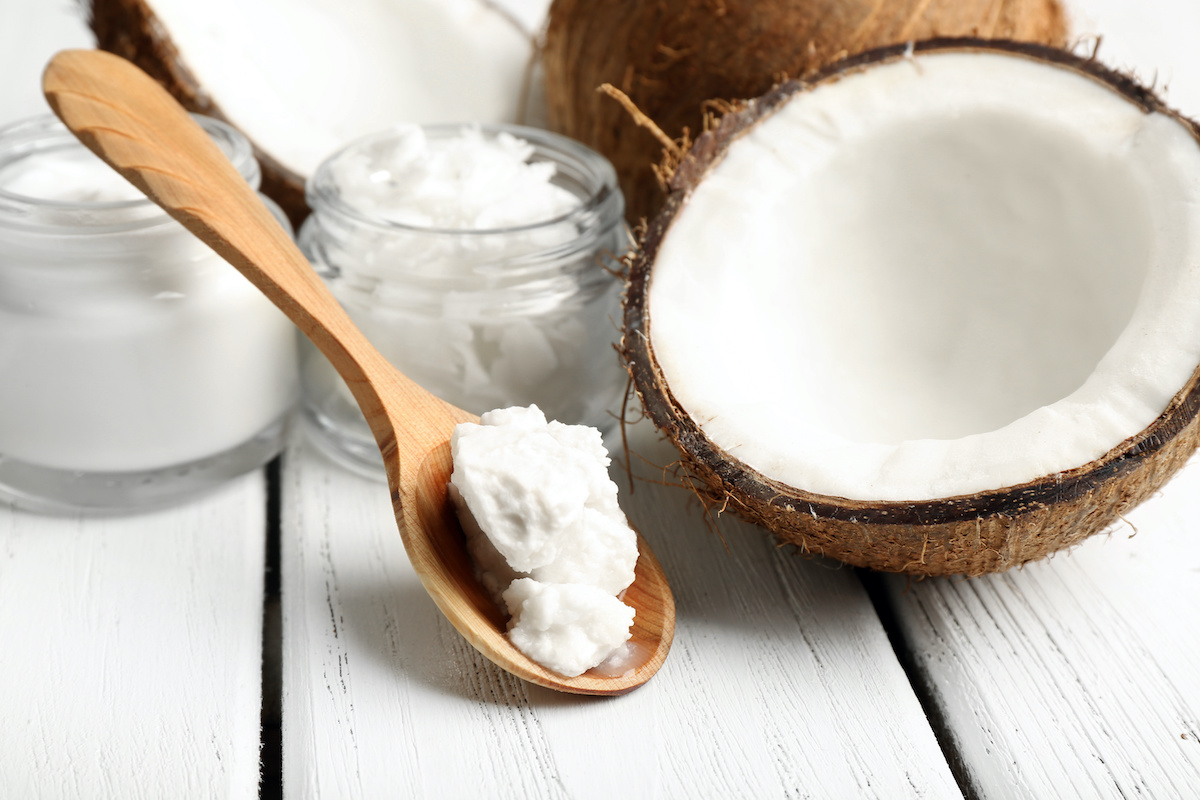
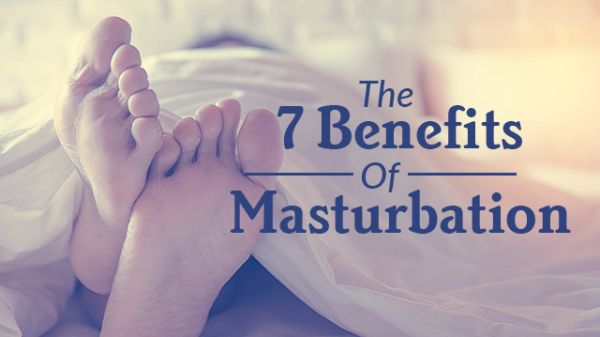
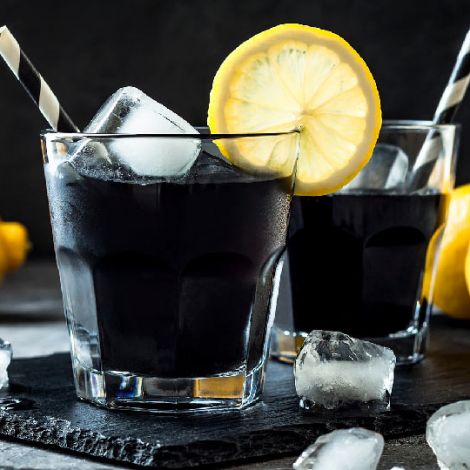
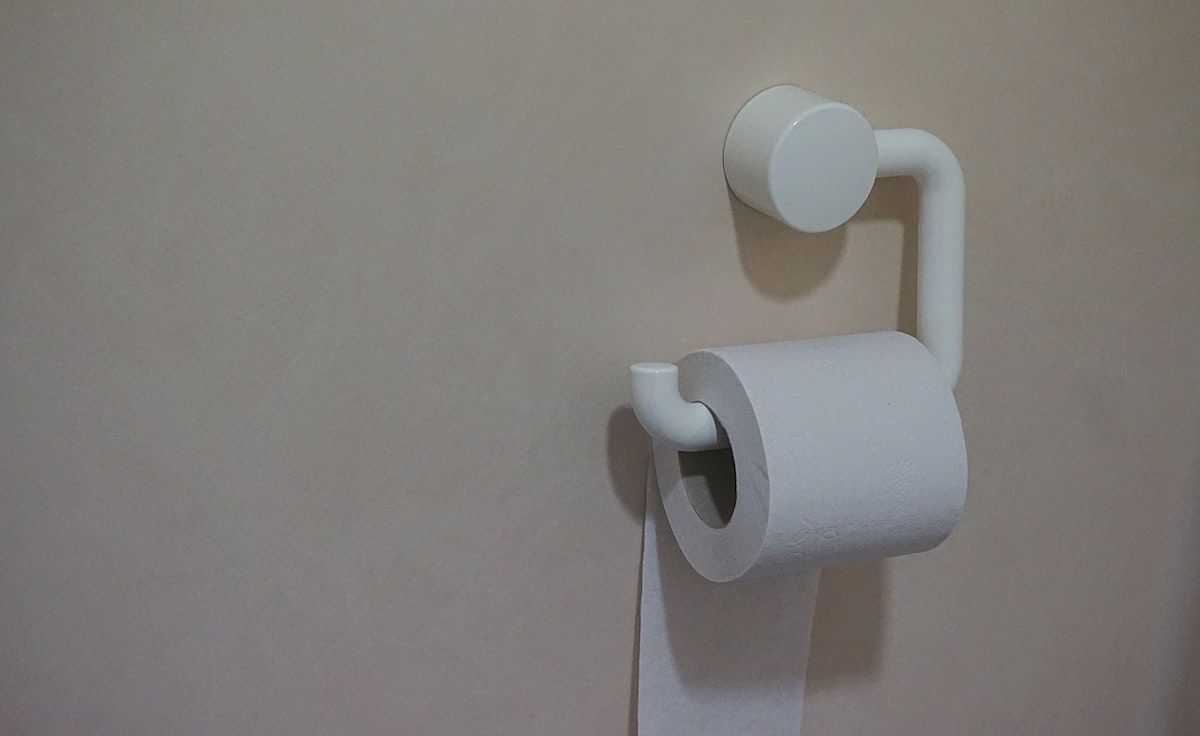

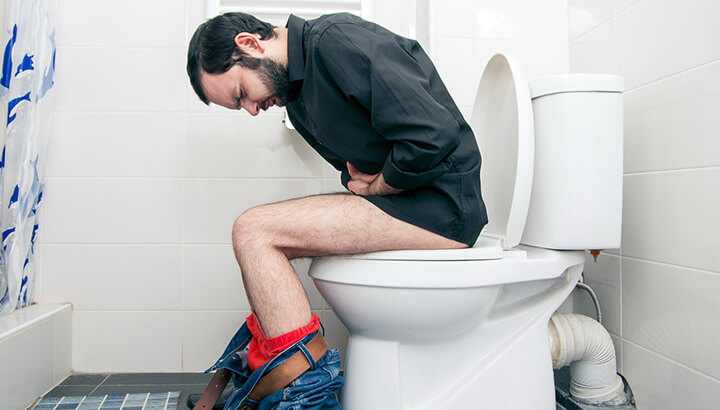
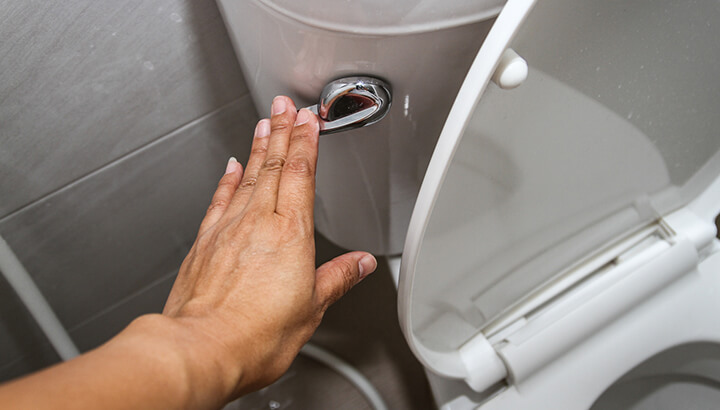
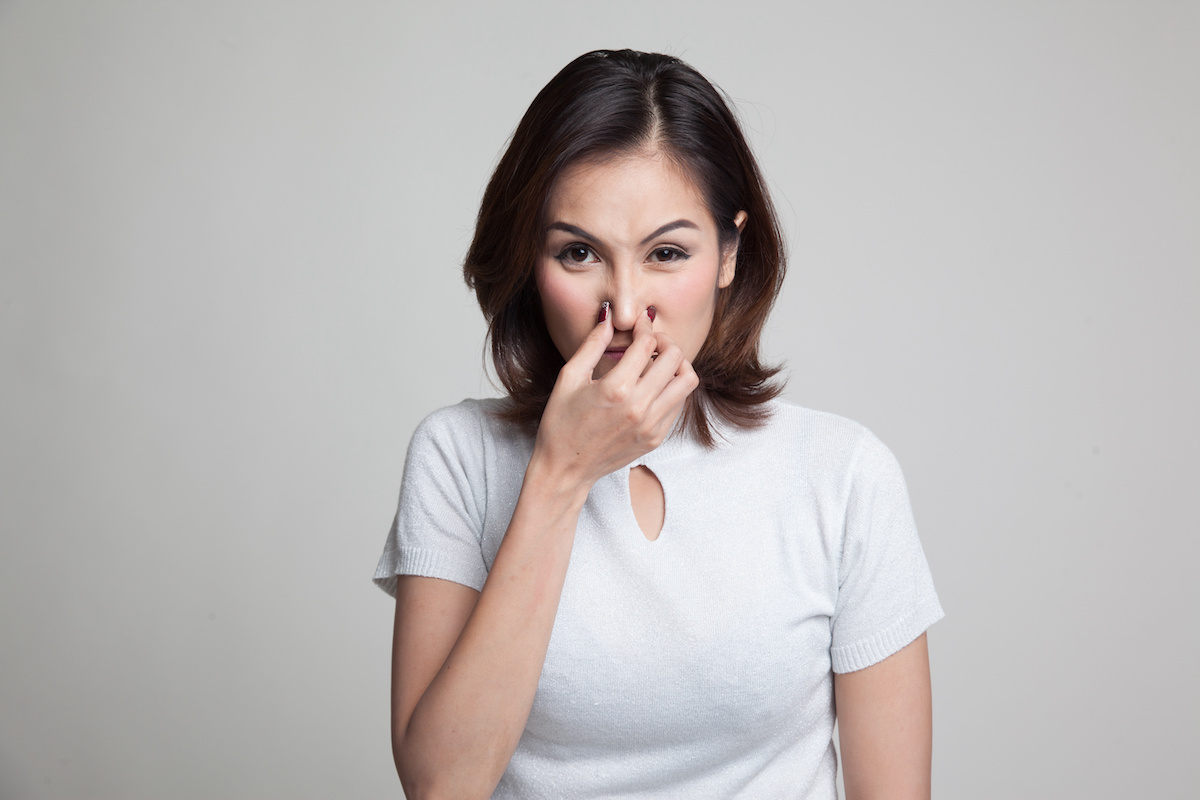
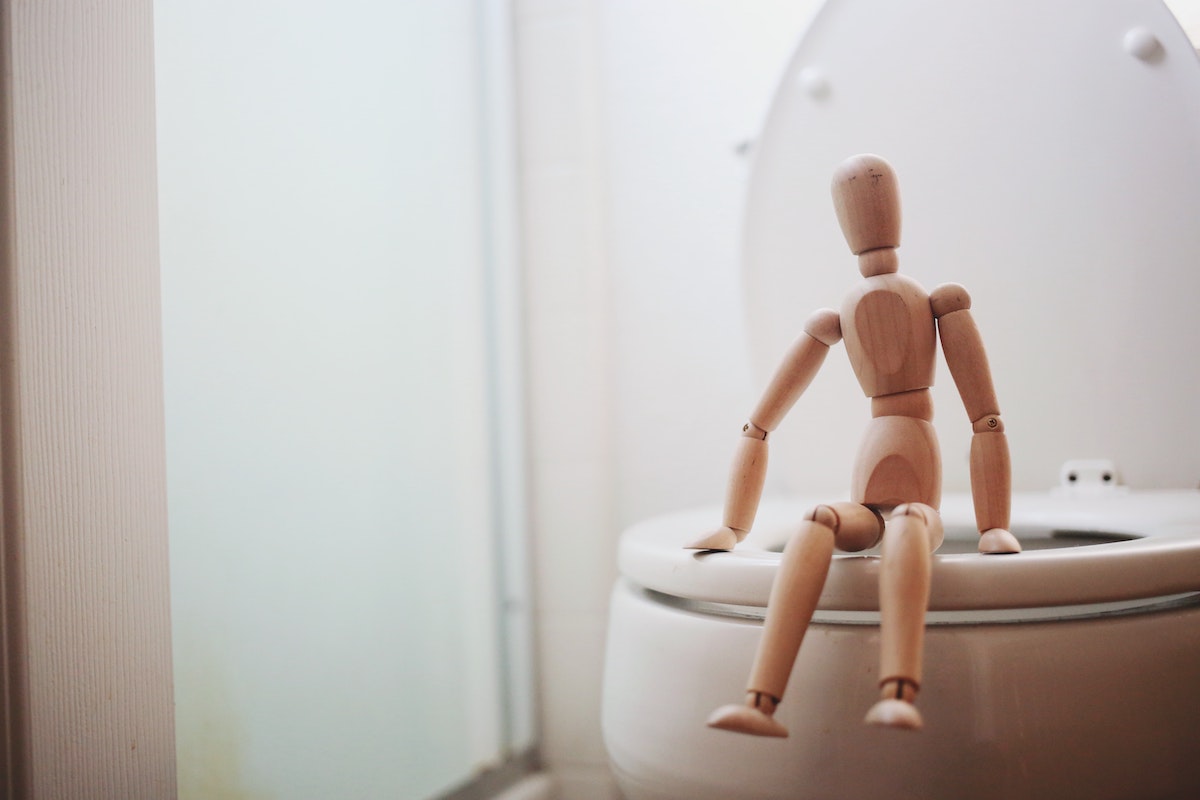
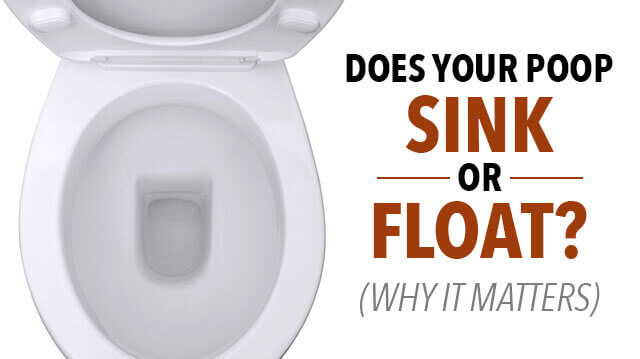 On the other hand, sinking poops can be a sign of chronic constipation. Constipation can occur when a person doesn’t have enough digestive motility (i.e., the intestines are not working to push the waste along). There are many causes of constipation, such as poor diet, anxiety, lack of exercise and not drinking enough water.
On the other hand, sinking poops can be a sign of chronic constipation. Constipation can occur when a person doesn’t have enough digestive motility (i.e., the intestines are not working to push the waste along). There are many causes of constipation, such as poor diet, anxiety, lack of exercise and not drinking enough water. 